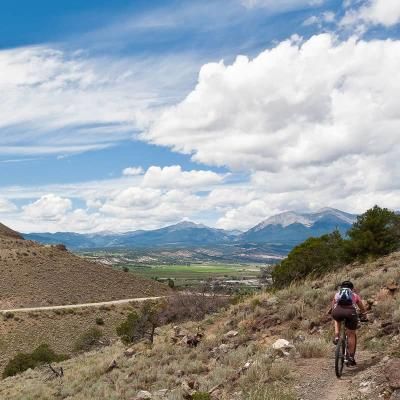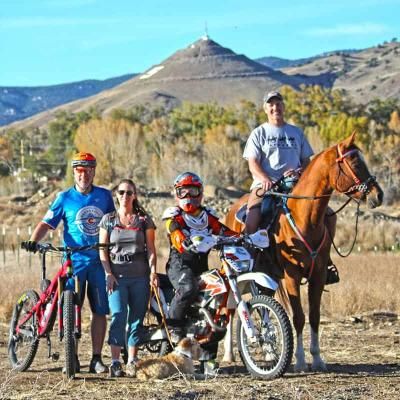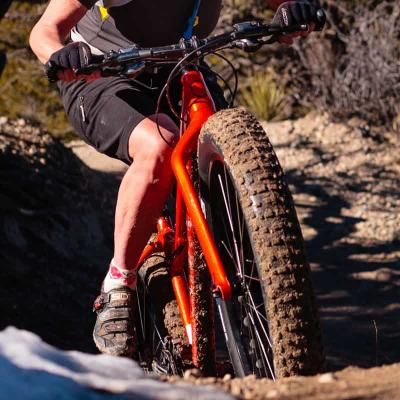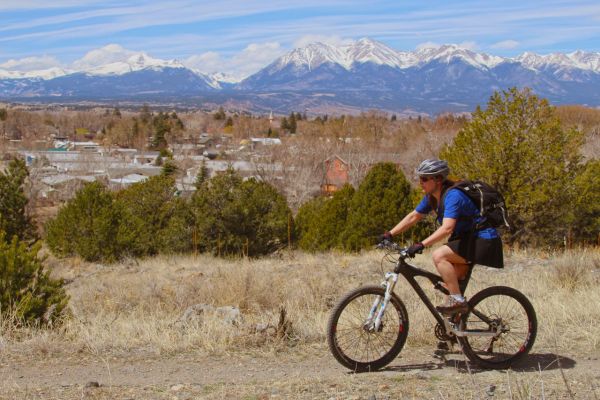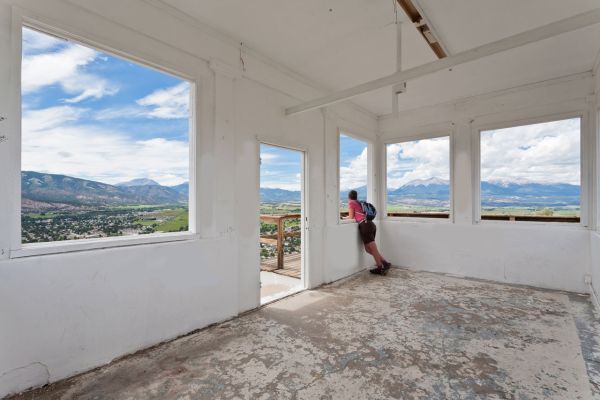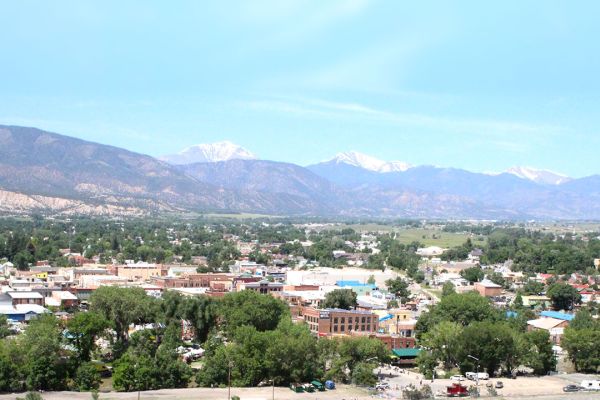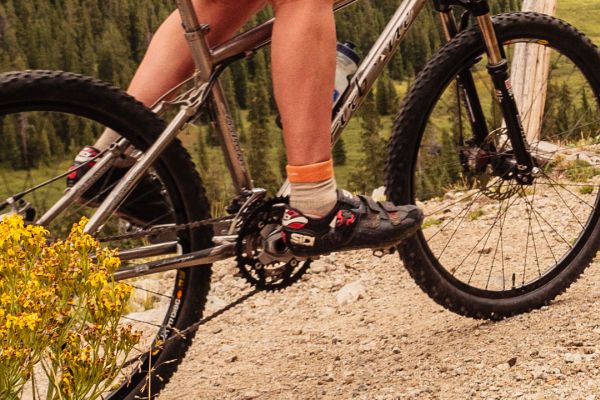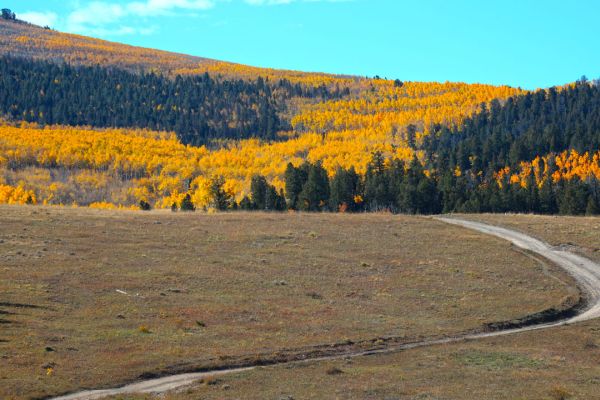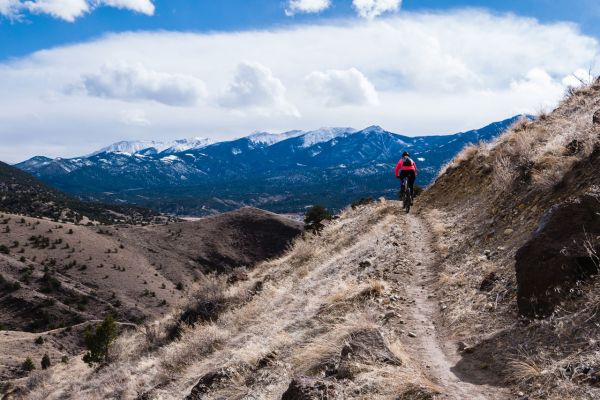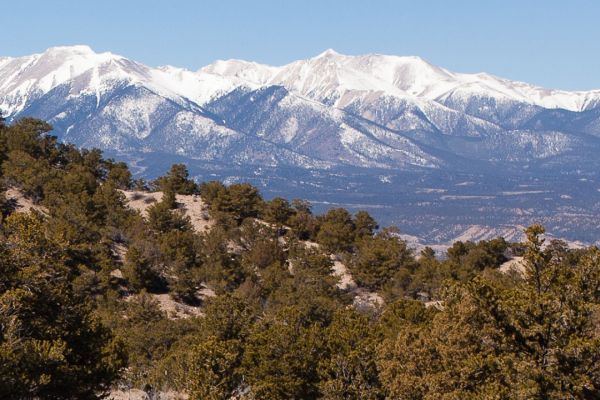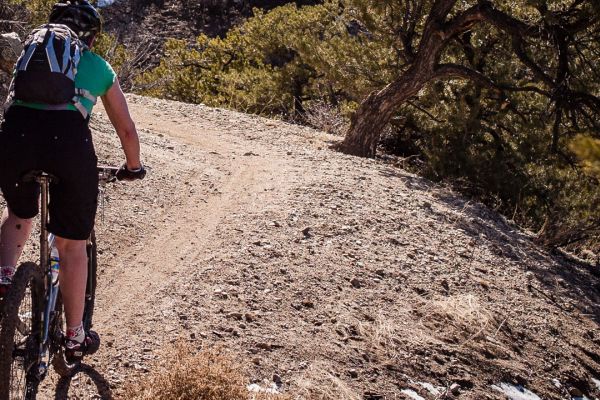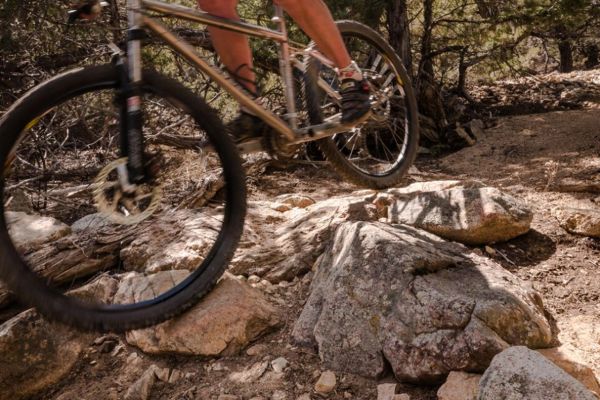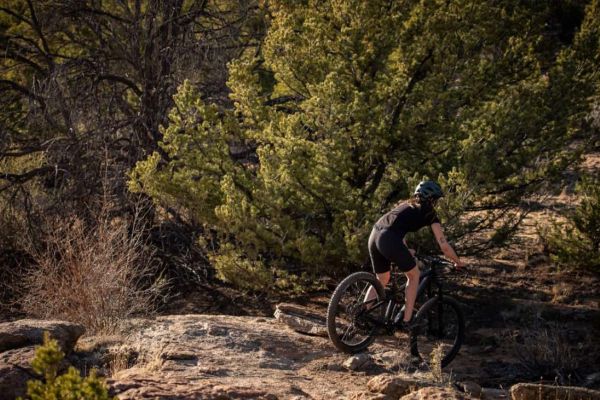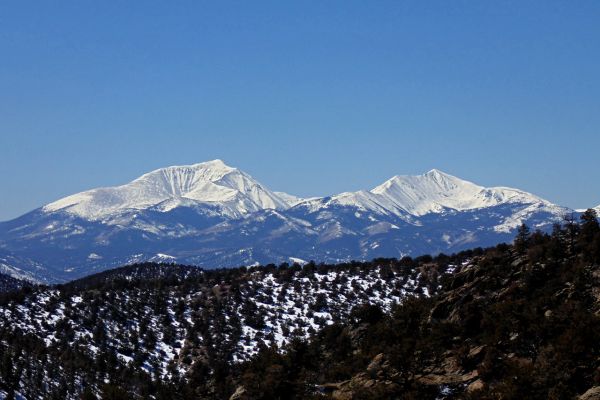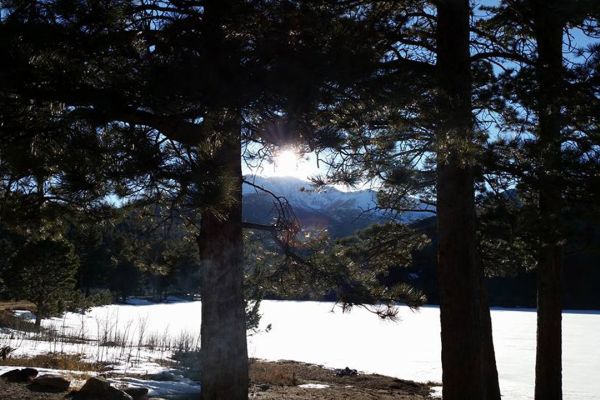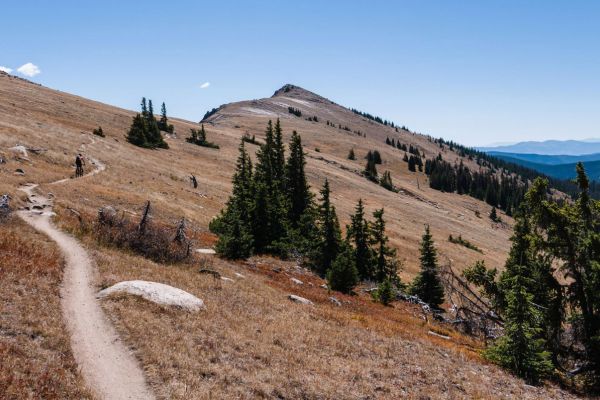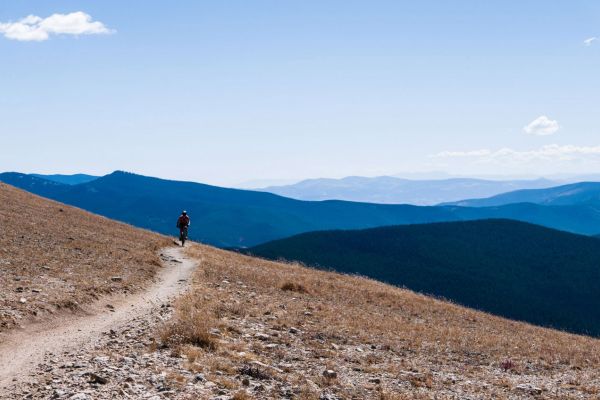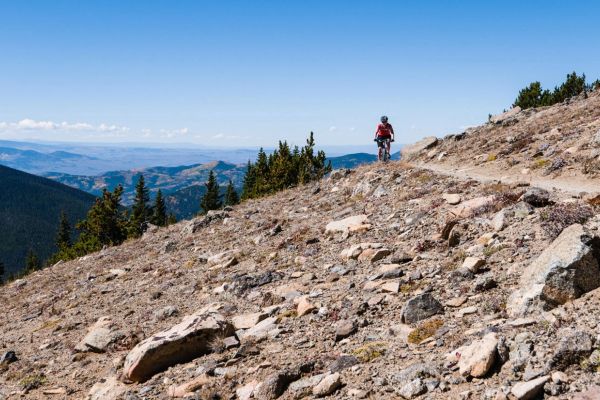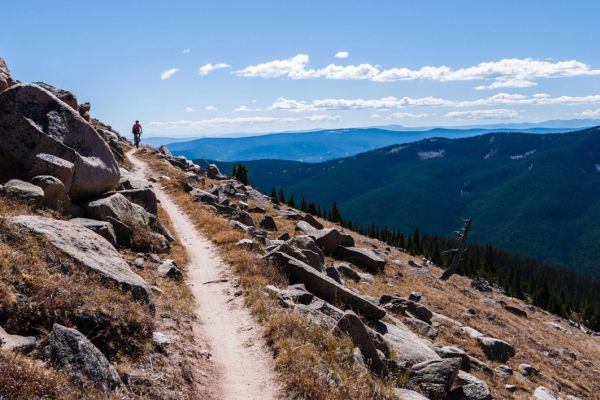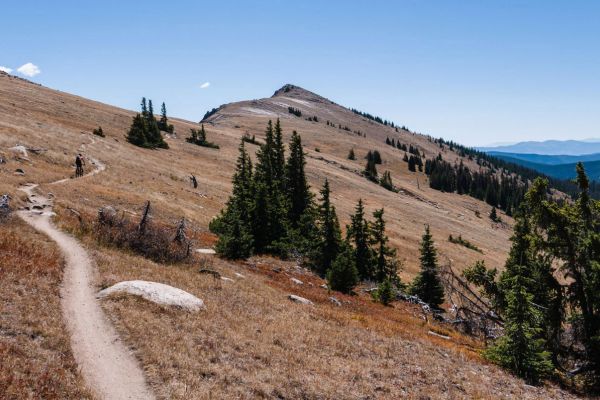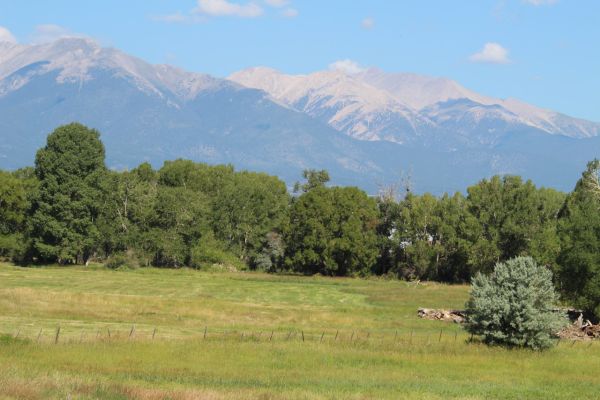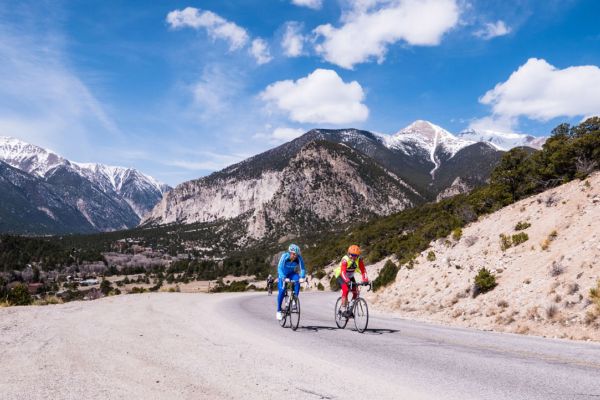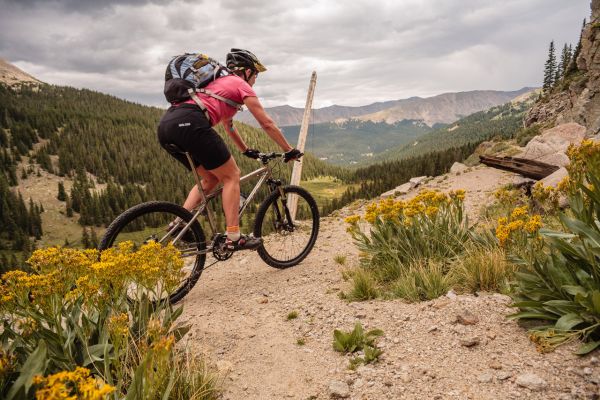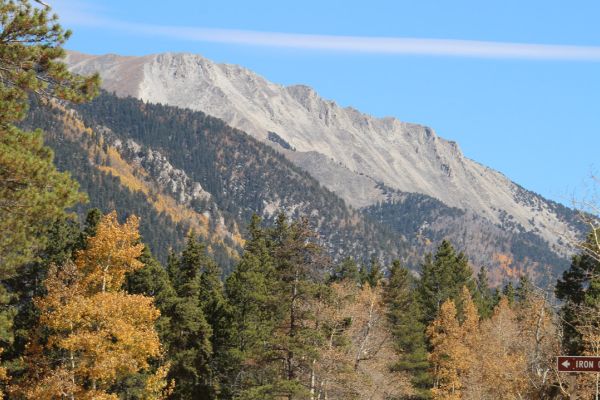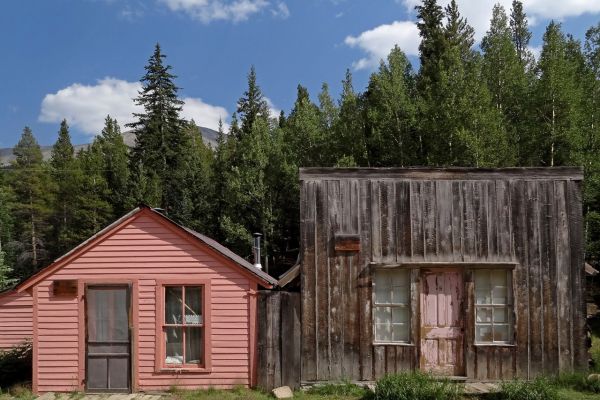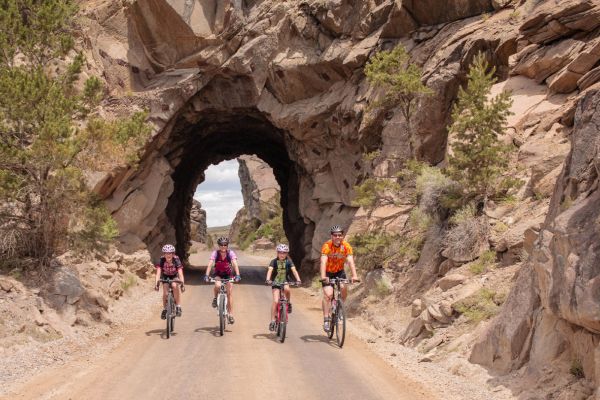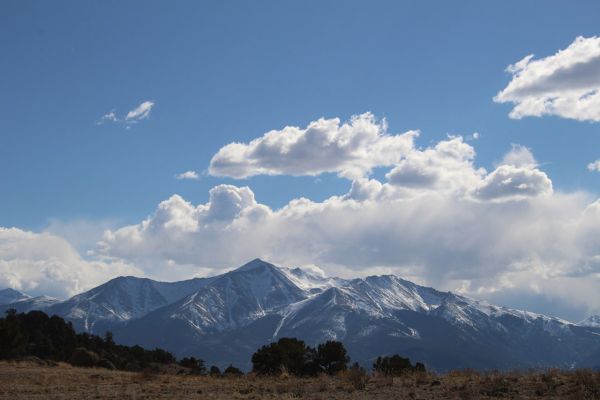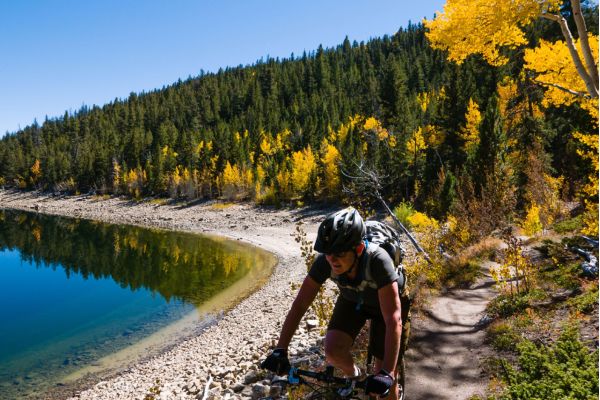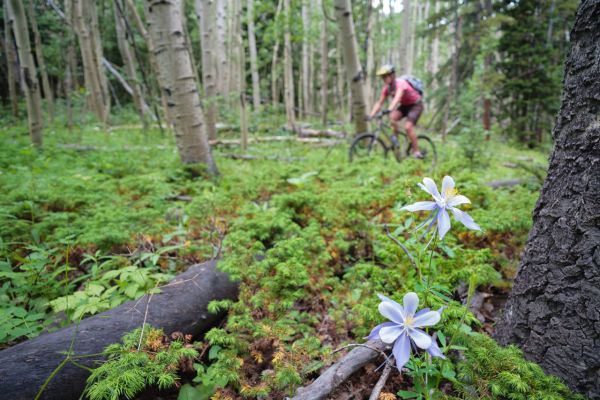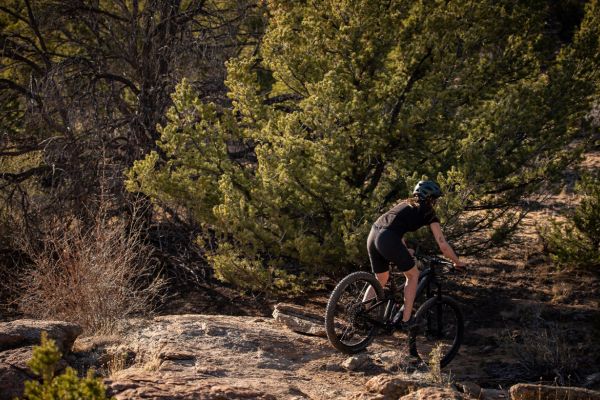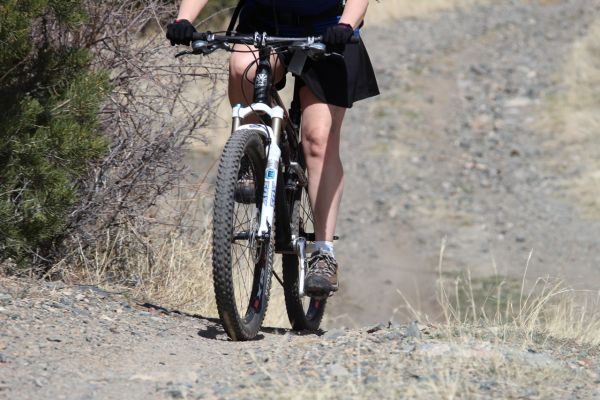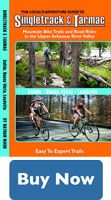
Marshall Pass to Poncha Creek Loop
Published with permission from the guide book: The Local’s Adventure Guide to Singletrack & Tarmac – Mountain Bike Trails and Road Rides in the Upper Arkansas River Valley by Nathan Ward.
- Featuring 36 Mountain Bike Trails and 18 Road Rides in and around Buena Vista & Salida, Colorado – beginner to expert, town to summit, smooth tarmac to extreme singletrack.
- Maps and Elevation Profiles for each ride, including altitude gain and loss.
- Local Advice on riding areas and seasons, where to sleep, where to soak, where to find the best pizza, the best coffee and the best bars in Buena Vista & Salida, Colorado.
The Marshall Pass to Poncha Creek Loop leads high into the mountains on the Denver & Rio Grande Railroad grade that ran from Salida to Gunnison. The road follows the railroad grade and gradually climbs through pine forests and tunnels of aspen trees. The views of Mt. Ouray (13,971 ft.) and the northern end of the Sangre de Cristo peaks cannot be beat. The route down the Poncha Creek jeep road gives one a taste of rocky mountain biking as it descends along the creek.
Trailhead Access: Drive west on US 50 to Poncha Springs. Turn left (south) on US 285. and drive 5.1 miles up Poncha Pass. Look for a sign pointing to Marshall Pass and O’Haver Lake. Turn right on CR 200 and drive past the first sign pointing to Marshall Pass (2.2 miles from US 285). Park at the Shirley Site Angling Parking lot, another 0.2 mile down the road. There are pit toilets here.
Location: Marshall Pass, South of Salida
Distance: 20.8 mile – loop
Riding Time: 3 hours
Riding Surface in Miles: Dirt Road 20.8
Aerobic Level: Strenuous – long uphill
Technical Difficulty: Novice – rocky downhill
Elevation in Feet: Low Point 8,705; High Point 10,952; Climbs/Descends 2,523
Land Status: USFS
Maps: Mount Ouray
Options:
a. To skip the rough descent down Poncha Creek, simply turn around at the top of Marshall Pass and ride back down the railroad grade.
b. Ride up Marshall Pass and connect with the Silver Creek Trail for an awesome loop with technical singletrack. See the Monarch Crest to Silver Creek ride for details.
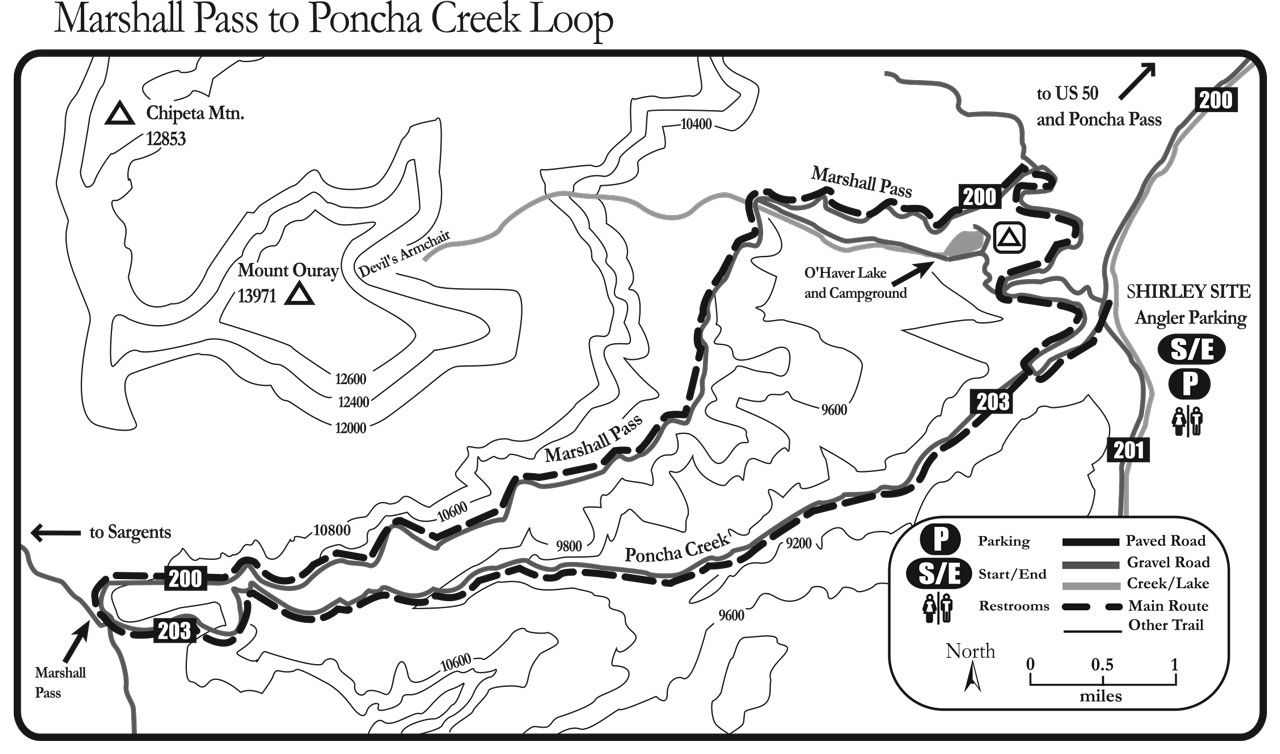
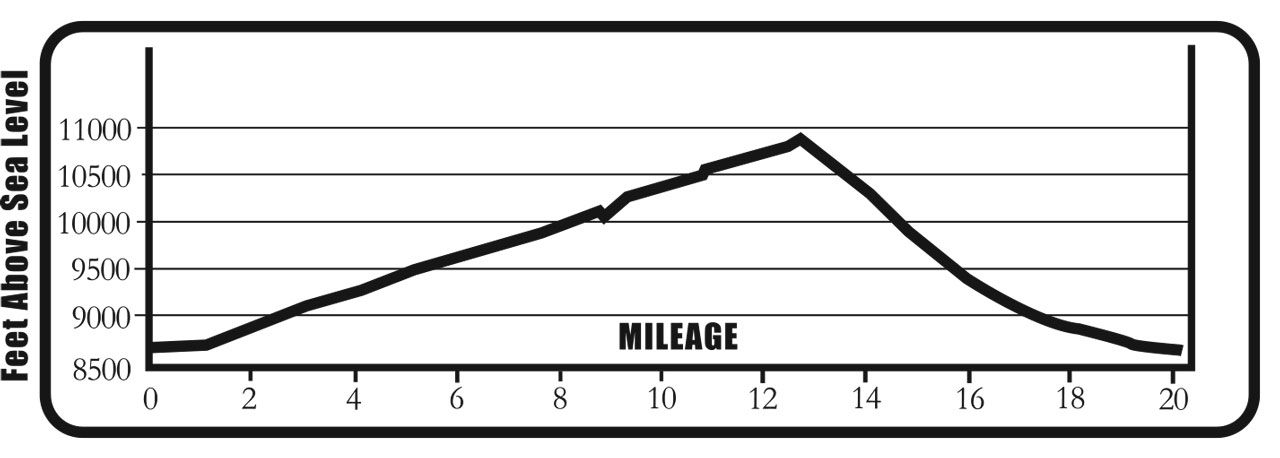
Marshall Pass to Poncha Creek Loop Mileage Log
0.0 Ride out of the lot across the road to CR 200, following the sign to Marshall Pass.
0.6 Cross Poncha Creek on a one-lane bridge. Continue right on CR 200.
1.0 Pass the road to Beaver Creek and check out the stonework on the left.
1.8 Stop at the intersection and look for cars. Continue straight on CR 200 to Marshall Pass.
3.3 Look west for an amazing view of the Sangre de Cristo range.
3.6 Ride straight on CR 200.
4.1 Look downhill left for a great view of O’Haver Lake.
5.9 Pass Grays Creek.
9.0 After riding through a narrow cut in the hillside, pass Tents Creek. Around Tents Creek lie huge forests of aspen trees that glow gold in the autumn (starting mid-Sept.).
11.4 Cross a long built up section of railroad grade. It gives one a good idea of the effort expended to build railroads through this area.
12.4 Finish the climb at the Marshall Pass Trailhead! There is a large parking area and pit toilets. The Colorado Trail, the CDT and The Great Divide Mountain Bike Route pass through this point.
12.6 Continue riding past the parking area west until the road splits. Turn left on the short steep uphill which is CR 203, although the sign is currently torn in half. Turn left at the top of the short hill where a signpost points to Starvation Creek, FSR 203A.
13.2 The road splits. Turn left on FSR 203 following the sign pointing to Poncha Creek. The top section of this road is rocky and loose.
14.7 Stay straight on the main road.
16.0 The road descends to follow the creek and becomes less rocky.
17.4 Pass the signed Starvation Creek Trailhead.
20.0 At the T-intersection with CR 200, turn right across the bridge over Poncha Creek.
20.8 Cross the road and return to the Shirley Site parking area. Good job!
BE PREPARED
We want you to have a safe and enjoyable trip into Colorado’s backcountry. Be prepared it could be a long walk out. Be sure to read this list of equipment you should bring on your ride along with tips to make your biking trip more enjoyable.
TRAIL ETIQUETTE
The Colorado backcountry is popular – bikers, hikers, motorcycle riders, hunters and equestrians use the trail system in the Arkansas Valley, and everyone wants a private piece of heaven. Even if you don’t agree with everyone’s motives or methods of travel, please treat them in a courteous manner.
CORSAR CARD
If you require search and rescue services, it can be costly. Buy a Colorado Outdoor Recreation Search and Rescue (CORSAR) card to protect yourself. Funds from the CORSAR program go into the Colorado Search and Rescue (SAR) Fund. If a CORSAR card holder becomes lost or injured in the backcountry, the Colorado SAR Fund pays eligible search and rescue expenses.
MOUNTAIN BIKE TRAIL GUIDE
RIDE WITH CARE
Bicycle riding is a physically strenuous activity with many risks and dangers. Hazards, natural or man made, whether noted in this book or not, can be encountered at any time under any situation. As a cyclist, we assume you know your personal abilities and limitations. This book represents nothing more than a guide to the trails and roads and is not meant to replace your common sense, your ability to navigate in the wilderness or in traffic, or your ability to ride a bicycle safely.
In addition, the mileages and routes listed in this text are only suggestions. There may be variances and you may get lost. We recommend everyone uses a GPS and topographical map to navigate. Most routes in this text are located on public land, but some trails pass through or adjacent to private land. Respect the land owner’s rights and obey all signs regarding trail use. The same goes for wilderness areas which prohibit mountain bike riding. Neither the author, nor the publisher, nor anyone else mentioned in this book are responsible or liable in any way for any accident, injury or any action brought against anyone traveling any route listed in this book. All cyclists and their companions assume responsibility for themselves. Ride at your own risk.



